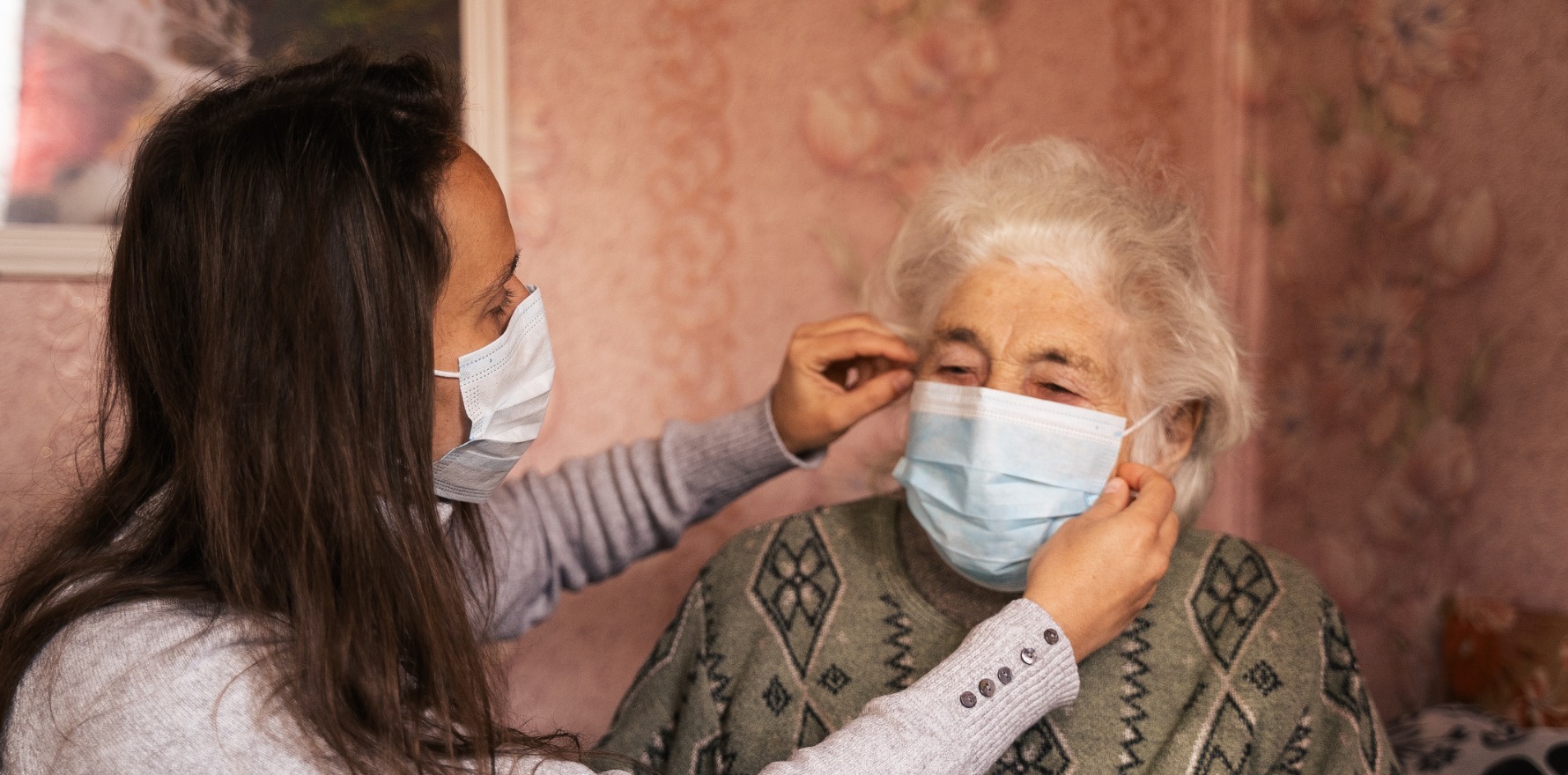Case and fatality numbers can't come close to summing up the pandemic’s effects on wellbeing.
Back in 2012 I was invited to do a short Q&A book on pandemics for an Oxford University Press (OUP) series called What everyone needs to know.
I thought about it a bit: I’m a lab-based researcher, so should I do that? Surely, this was a topic for an epidemiologist, a public health doctor or an infectious disease (ID) physician? But I decided to have a go and Pandemics: What Everyone Needs to Know was published in 2013, then translated into Spanish where it seems to have been useful to, mainly, a South American audience. And OUP recently launched a Chinese version. In those distant days of 2013 though, that little book on Pandemics sold many fewer copies than others in the series focused on, for example, The Catholic Church and Modern China. Who wants to think about diseases and death? Unless we have to, of course.
While I’ve long been aware that people from different perspectives of training and experience bring a diversity of insights to the same scientific problem, participating in the regular (an hour or less, two or three times a week) COVID-19 strategy meetings at our Institute has brought that home in a very forceful way. As understanding of the virus, the disease and our capacity to respond, has evolved, listening to busy professionals as they give short summaries of both their insights and recent progress in diverse fields has provided a unique synthesis. At least half the people on our strategy call are women, with expertise ranging from epidemiology, to patient care, to diagnostics, to lab-based immunology and virology to administrative and legal issues. Some of the group leaders provide key, specialist input to government policy committees and a number are involved in public communication, but the main job of our Institute is to develop and deliver technology-based solutions and services.
The Institute strategy meetings began with most of us around a boardroom table then, as the virus began its initial journey through the Australian community, transitioned to Zoom from a work office – more commonly for the hospital-focused physicians – or from home. With the current outbreak in Melbourne, we are acutely aware that our clinical ID leaders and their hospital colleagues, who work very hard anyway, are now in harm’s way. And they, like the members of the Institute’s diagnostics teams in our building and at The Royal Melbourne Hospital (we are a joint venture between the University and The Royal Melbourne Hospital) across the street are also in constant danger of becoming tired and drained. Many of the lab-based groups are working shifts so that it’s not “one out all out”.
In fact, exhaustion is a big problem for everyone with, added to their normal workload, a massive ramp-up in commitments. That includes assembling (and thinking through) research publications to get new data out there for all to see across the planet, designing clinical trials along with getting the necessary ethical and regulatory approvals, writing research grants (plus philanthropic fund raising) to lock in the essential dollars, responding to (often out of the blue) demands from policy makers for frequent updates and serving on various high level advisory and standing committees that now meet more frequently. Perhaps most exhausting of all is the need to participate in various international forums and webinars that (with the tyranny of time zones) require Australian-based researchers to be online at midnight or in the small hours of the morning.
What have the particular lessons been for me? The first is, of course, that the global pandemic response (and my personal involvement) has been massively enhanced by modern communication systems, both within the relevant scientific communities and with the broader public. The fact that we are part of an international effort will be a recurring theme in future essays, along with more specific lessons relevant to the underlying science.
And, while my 2013 pandemics book looks basically OK in retrospect, I vastly underestimated the human factor. Though I was aware of economic projections that a global influenza pandemic could cost trillions of dollars, I hadn’t translated that to job losses, personal isolation, effects on social and psychological wellbeing, broader health consequences and so forth.
One point I did make is that it is enormously important to maintain strong public health systems. In general, the pandemic has been less catastrophic in countries that did that, providing the politicians were (as in Australia and New Zealand) prepared to listen to, and act on informed advice. We’ve also learned that, as might be expected, the poor and inadequately housed are the most at risk. And, as people who work at bottom level jobs in, for example, aged-care facilities, the security industry, restaurant kitchens, food processing and supply and so forth, are generally poorly paid, their vulnerability can potentially extend to all of us. As I see it, reverting to business as usual is not an option. Once this is over, we need our best minds from across the spectrum, plus broad community input, to focus on where this country and, indeed, the human family should go next.
This is part three of three, first published on Professor Doherty’s weekly column Setting it Straight on the Doherty Institute website, doherty.edu.au.


